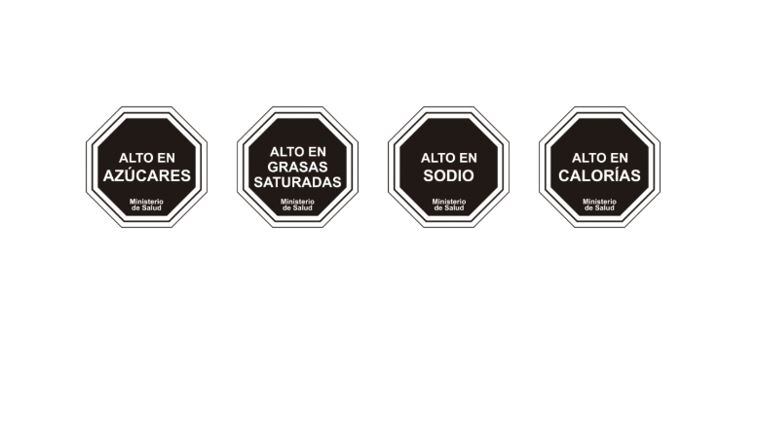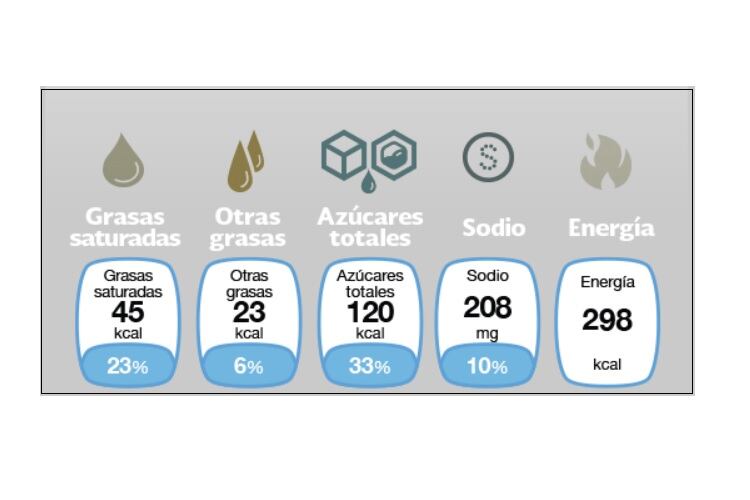The researchers from the University of Córdoba questioned 181 individuals (120 from Argentina and 61 from Ecuador) aged mostly between 17 and 25 a series open-ended questions (such as ‘What do you understand by ultra-processed foods?’) and asked them to give examples of products.
They found that, even though the term ultra-processed food is relatively new and has not been extensively diffused in Argentina and Ecuador, the perception of most participants was closely aligned with the definition the original dimensions proposed by its creator, Professor Monteiro, in 2009 (see below).
While no specific food processing techniques, such as canning, freezing or cooking, were mentioned, the most commonly cited parameters were the level of industrial processing, the presence of many artificial ingredients and additives, and negative effects on health.
What are ultra-processed foods?
Responses included:
“Foods that are made through many chemical industrialized processes.”
“Foods that have many added artificial ingredients.”
“Long shelf life products made with preservatives, huge number of ingredients, especially those that affect flavor and color.”
Cultural differences
Processed meat was the food most frequently cited ultra-processed product, although there were significant country differences: 70% of Ecuadorians compared to 39.5% in Argentina.
The second most frequently mentioned product was snacks in Ecuador and soft drinks in Argentina. More than one-fifth of participants also mentioned cookies, milk, canned products, and confectionery products - all products that the Pan American Health Organization considers to be ultra-processed.
Only 5% of the Argentinians associated ultra-processed food with bad health or unhealthfulness, compared to 16.4% of Ecuadorians.
The researchers said some of these differences may be down to cultural reasons – the average Argentinian eats almost twice as much meat as the average Ecuadorian (98.3 kg per person compared to 56.4 kg, according to 2018 OECD data) – or due to the differences in nutritional education.
“Ecuador has a greater percentage of participants above 25 years old that may have been exposed to more education regarding nutrition and food choices and may elicit better-informed decisions,” they wrote.
'New opportunities for successful NPD'
The results are interesting not just for public health and food policymakers but also for manufacturers and marketers, they said.
“From a business perspective investigating consumer's perception of the term ultra-processed food in different cultures will help to find new opportunities for successful product development with increased global acceptance in an increasingly diverse and competitive market.”
‘Troublesome’ misclassifications

However, the survey also threw up some “troublesome” misclassifications.
Nearly one-quarter of Argentinians (24%) and over one-fifth (21%) of Ecuadorians said milk was ultra-processed, for instance, while fruit and vegetables were mentioned by 6%. Flour and butter also made it onto consumers’ ultra-processed list.
“In certain cases, the misclassification may be explained by the confusion that the product may elicit on the consumer mind,” the researchers suggest. “For example, bread (mentioned by 3,9% of participants; Ecuador 6.6%, Argentina 0.0%) may be regarded as ultra-processed if mass produced on an industrial scale but as minimally processed if made on a family-owned small bakery.”
They concluded: “Policies aimed at reducing their consumption should be developed in an attempt to curb this trend toward low-quality diets. One of such proposed policies is to include the concept of ultra-processed foods in educational campaigns and dietary guidelines.
“However, it is necessary to clearly understand how consumers think of the term before developing effective communications strategies. The results of this study may aid in such an effort.”
The NOVA classification system was devised in 2009 by Brazilian researcher Carlos Augusto Monteiro.
It includes four groups:
Unprocessed or minimally processed foods include as fresh, dry or frozen fruit and vegetables; packaged grains and pulses; flours made from corn, wheat, rye; pasta; eggs; fresh or frozen meat and fish and milk.
Processed culinary ingredients such as sugar, oils, fats, salt and other substances extracted from foods or nature used to season and cook.
Processed foods such as vegetables in brine, fruits in syrup, salted meat and fish, cheese and freshly made unpackaged breads.
Ultra-processed foods include soft drinks, packaged snacks and confectionery; mass-produced packaged breads; reconstituted meat such as hot dogs and chicken nuggets, instant soups and noodles and industrially pre-prepared pizzas, pies and ready meals.
Source: Food Research International
Published online ahead of print January 2019, doi.org/10.1016/j.foodres.2018.09.059
“Exploring the understanding of the term ‘ultra-processed foods’ by young consumers”
Authors: Aguirre A, Borneo M.T, El Khori S, Borneo R.




